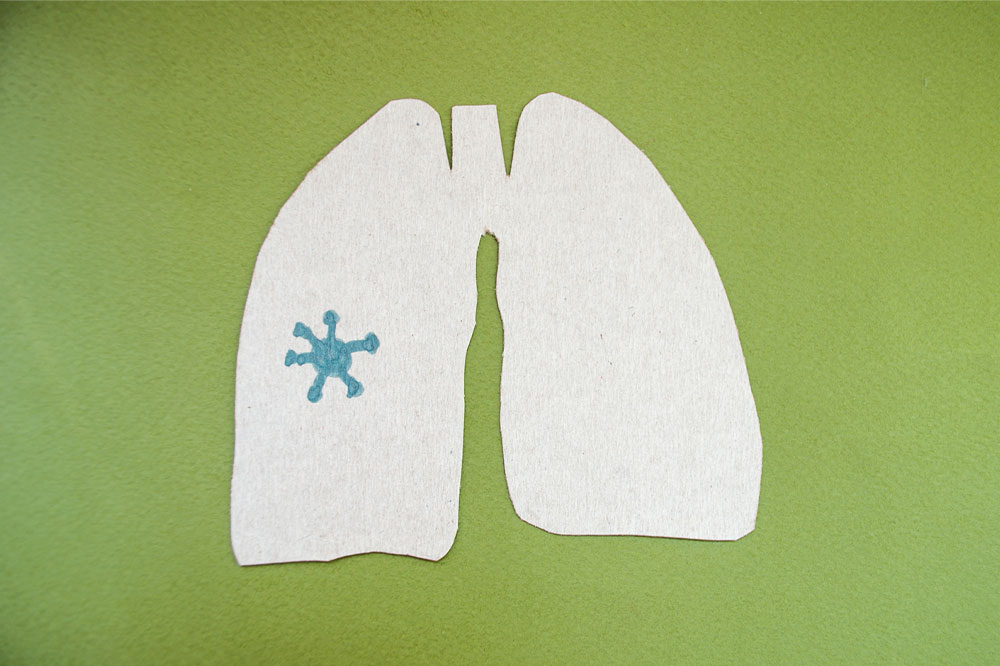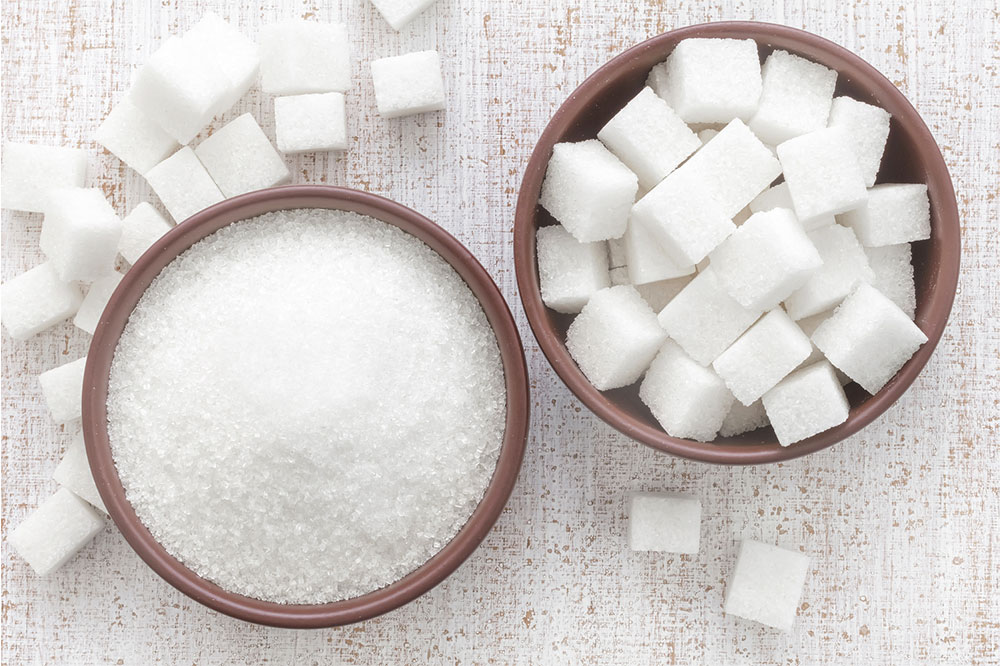5 household factors that contribute to lung damage
Lungs, an integral part of the respiratory system, hold oxygen which is then supplied to the rest of the body through the bloodstream. It is essential to keep the lungs healthy to maintain optimum oxygen intake. However, there can be things in the environment that can trigger lung damage. This article lists five such household factors that can trigger lung damage, which can, in turn, cause diseases. Let’s check them out. Mold Mold is a type of fungus that grows on damp surfaces and corners. It is common in houses with issues of leaking pipes. The fungus releases spores in the air and can trigger a severe reaction in those allergic to mold. The response is relatively severe in people with lung damage and diseases like asthma and COPD. Carpet Carpets add to the allure and warmth of our homes. But there are some other harmful things that they add. Carpets can act as a storage space for dust mites, cockroach droppings, mold, dander, pet hair, and other allergens. These are released back into the air often. As a result, it is advisable to clean and vacuum carpets multiple times a week to ensure they do not work as carriers for lung-damaging components.
Read More 









